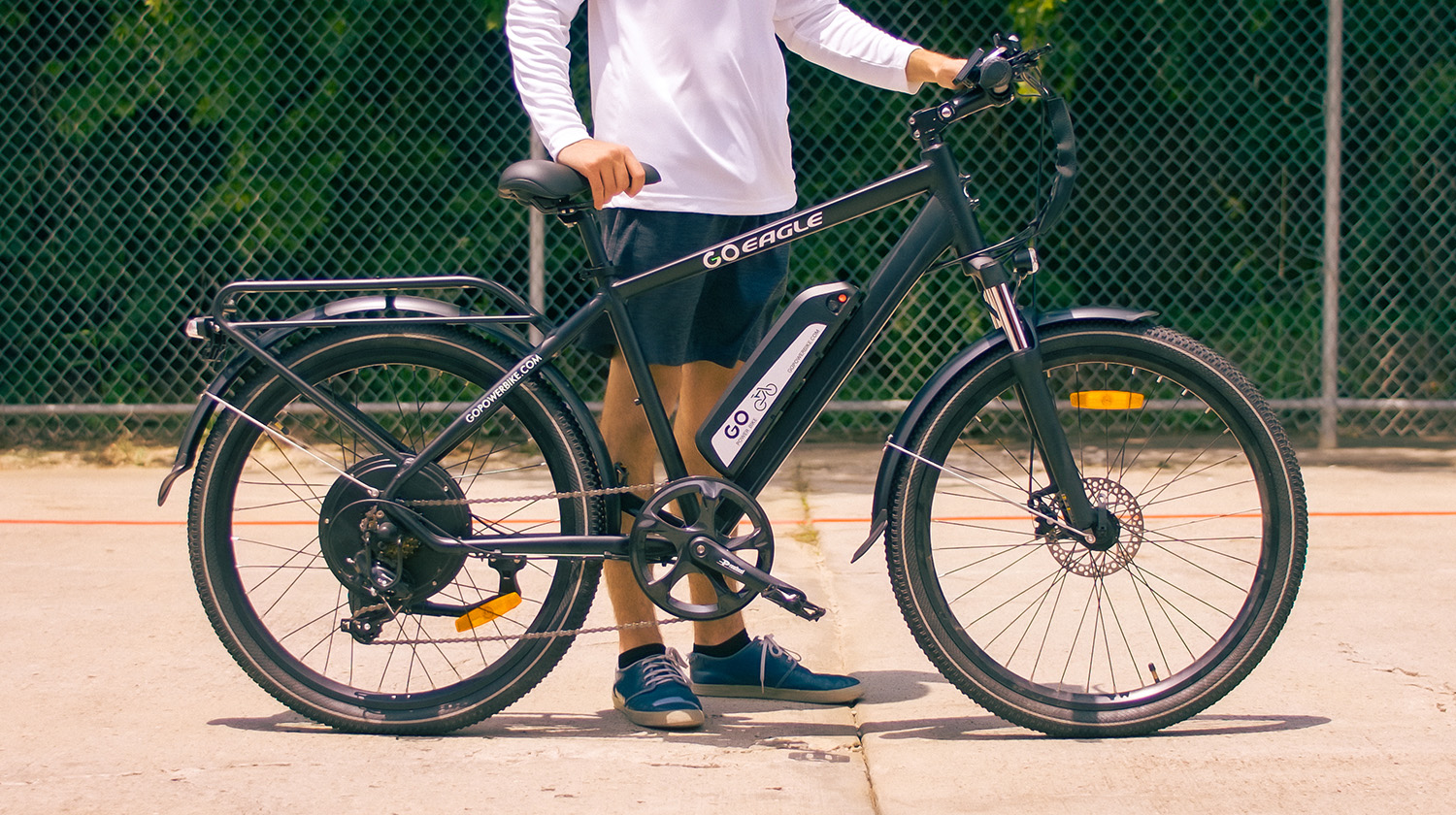
Ebikes or Electric Bikes are all the rage right now, combining the benefits of a standard bicycle with some motor power to get you going. They are ideal for both active individuals as well as those who might not necessarily have the stamina or skill to pedal away through various terrain. If you’re considering an ebike, this guide will provide everything you need to know about what ebikes are, how they work, the different types to choose from, which would be best suited to you, and what features to look for when selecting one.
Table of Contents:
What is an electric bike?
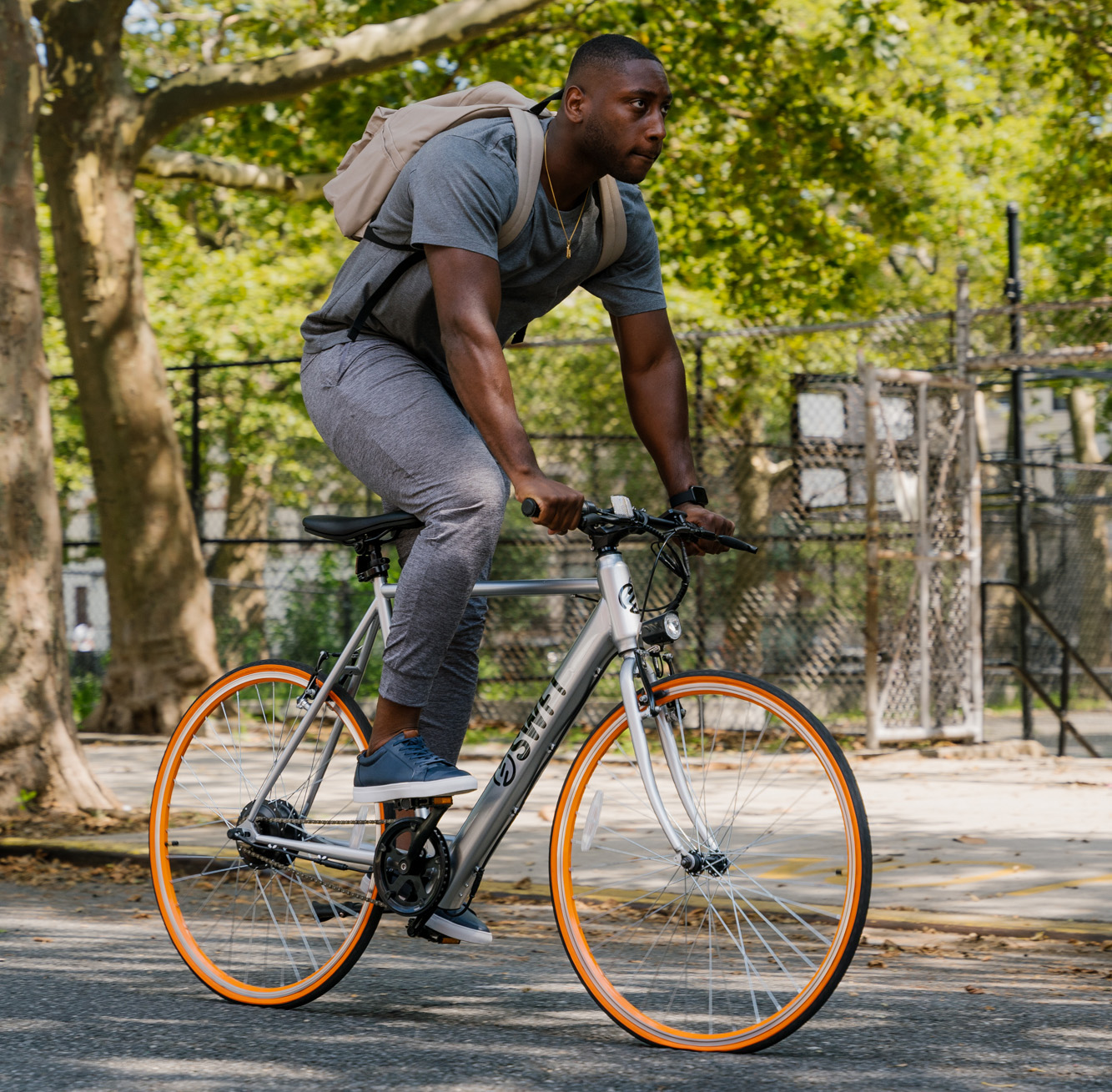
First off, before delving into the nitty-gritty details, what exactly is an electric bike? These are regular bikes that come with a battery-operated motor to provide extra power when you need it. This helps you pedal less when you’re getting tired or just want to cruise, as well as provide extra power needed to get up steep hills or go through rough terrain.
Ebikes usually have a miniature display that will indicate the speed and battery life, similar to a car’s dashboard display. They may also show what level you’re using if you have a bike with multiple ones, like pedal assist, manual, electric, and walk.
Ebikes are available from a variety of top brands, like GoPowerBike with its top-rated GoEagle, GoCity, and GoSpeed models, GoTyger, and upcoming options from brands like Allegro, Gymnot, SWFT, BIRD, Super73, and Hover 1. Even brands known for other products are getting into the space, like Xiaomi and GOTRAX.
Different types of ebikes and who should use them
Electric bikes come in the same standard forms as regular bikes, but each with a battery, motor, and control unit added for that extra power. Most people will select the same type of bike they would get if choosing a standard bike, since ebikes function as standard bikes as well between battery charges. Other options include moped style bikes and folding ebikes that are great for taking with you in the trunk of your car when driving into a city or on a road trip: arrive in a new city then bike around to take in the sights.
Bike type
Off-road or mountain bike
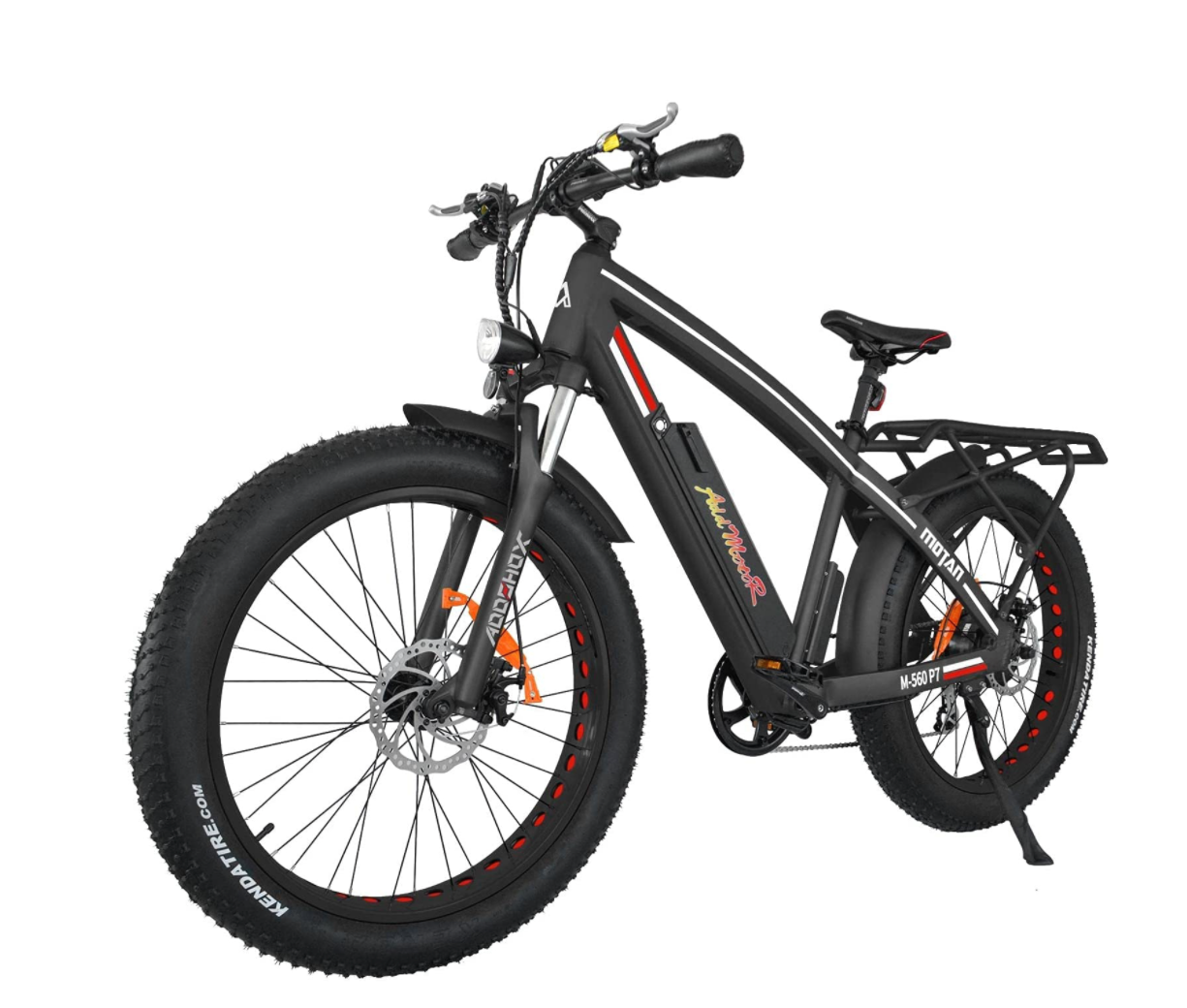 An off-road or mountain style is the most common type of electric bike. These are ideal for riding on trails, helping you go farther and faster with less effort than you would need with a regular bike. You are also able to climb hills well with a mountain ebike. They offer good stability and control and can be used on a wide range of terrains—even on city streets.
An off-road or mountain style is the most common type of electric bike. These are ideal for riding on trails, helping you go farther and faster with less effort than you would need with a regular bike. You are also able to climb hills well with a mountain ebike. They offer good stability and control and can be used on a wide range of terrains—even on city streets.
Comfort/cruiser bike
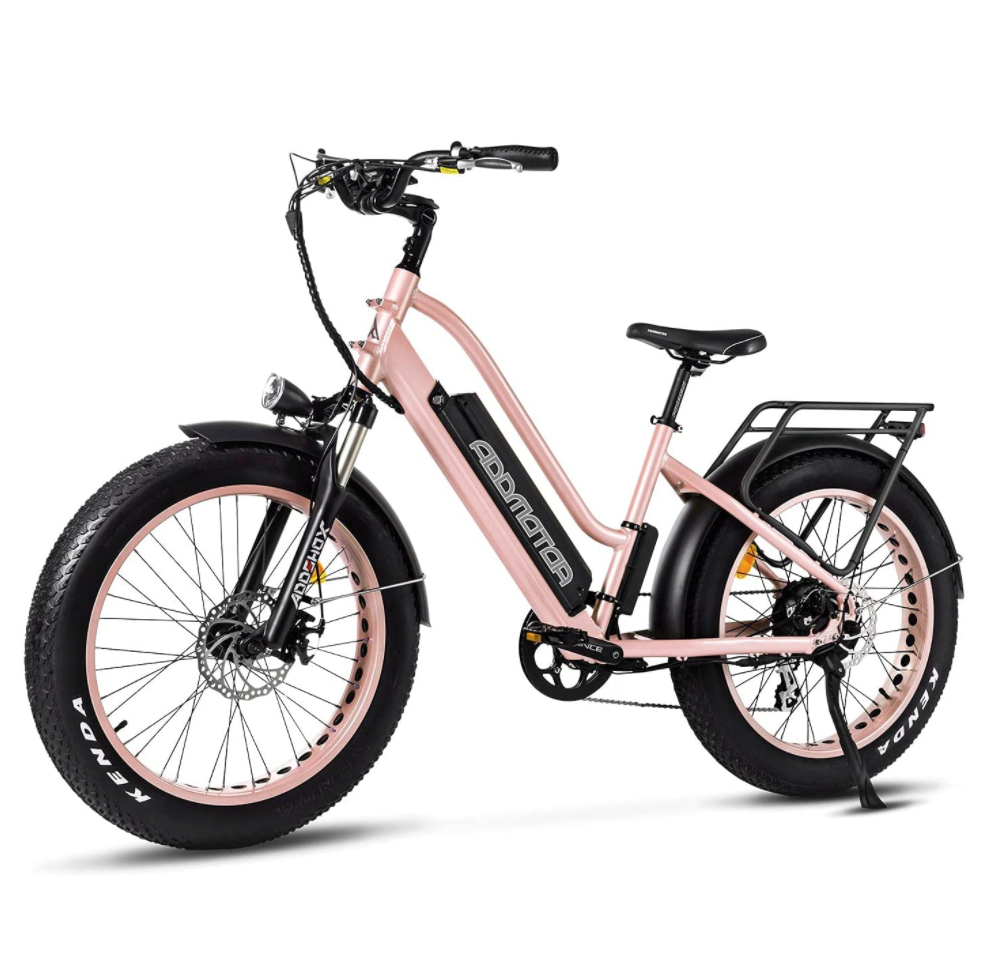
A comfort or cruiser ebike is best for the casual, recreational rider. You can sit upright onone in a nice, comfortable seat. These types of ebikes are good for city dwellers, for exercising and running short errands. They usually include a Step-Through frame that makes it easy to mount and dismount the bike (more on that below.)
Hybrid/commuter bike
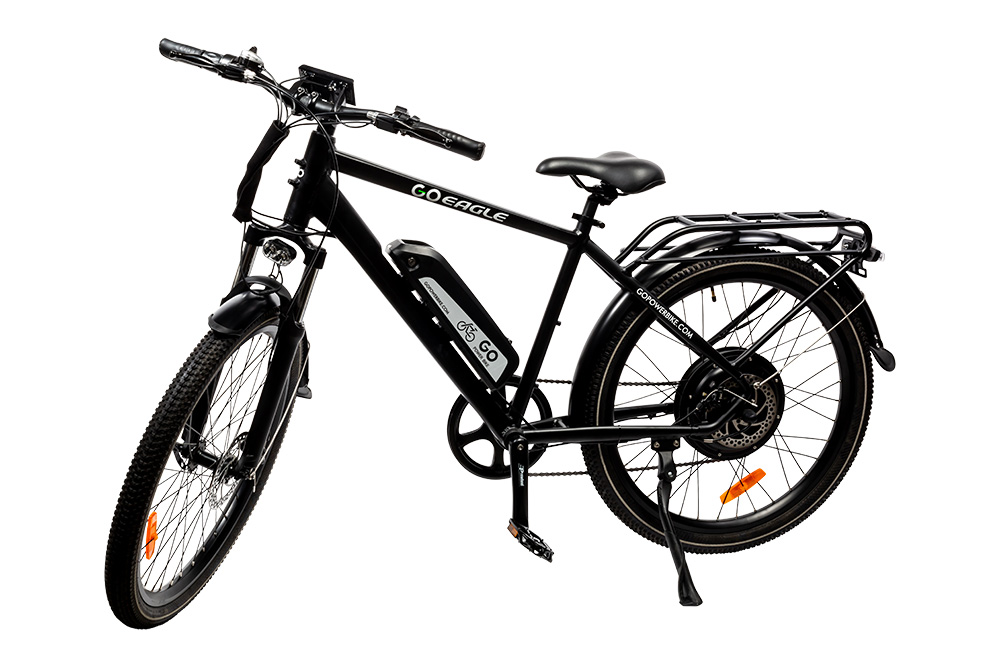
Designed for heavy commuters, a hybrid or commuter ebike is often the fastest type that offers the longest range. Some will come with a rack tohold items like a backpack, computer, or groceries, along with lighting. This type of bike is ideal if you want to use it for transport to the office, making deliveries, and more. It’s a good choice if you tend to ride long distances frequently.
Frame type
There are two main types of ebike frames, similarly to regular bikes.
Step-through frame (V-frame)
 The Step-Through frame, as the name implies, literally makes it easy for you to step through to get onto and off the bike, making mounting and dismounting simple without having to raise your leg. This makes them great options for those with limited mobility, older riders, casual riders, and those who might be riding to work in clothing that isn’t as flexible, such as a suit or dress pants. There is no top tube on these bikes: rather, the front of the bike slopes down and extends to the back. The seat, meanwhile, is in an upright position. Step-through ebikes tend to have thicker frames and can be heavier, but they are also sturdy and safe. However, keep in mind that if you ride a lot on hilly terrain, they can feel a bit wobbly.
The Step-Through frame, as the name implies, literally makes it easy for you to step through to get onto and off the bike, making mounting and dismounting simple without having to raise your leg. This makes them great options for those with limited mobility, older riders, casual riders, and those who might be riding to work in clothing that isn’t as flexible, such as a suit or dress pants. There is no top tube on these bikes: rather, the front of the bike slopes down and extends to the back. The seat, meanwhile, is in an upright position. Step-through ebikes tend to have thicker frames and can be heavier, but they are also sturdy and safe. However, keep in mind that if you ride a lot on hilly terrain, they can feel a bit wobbly.
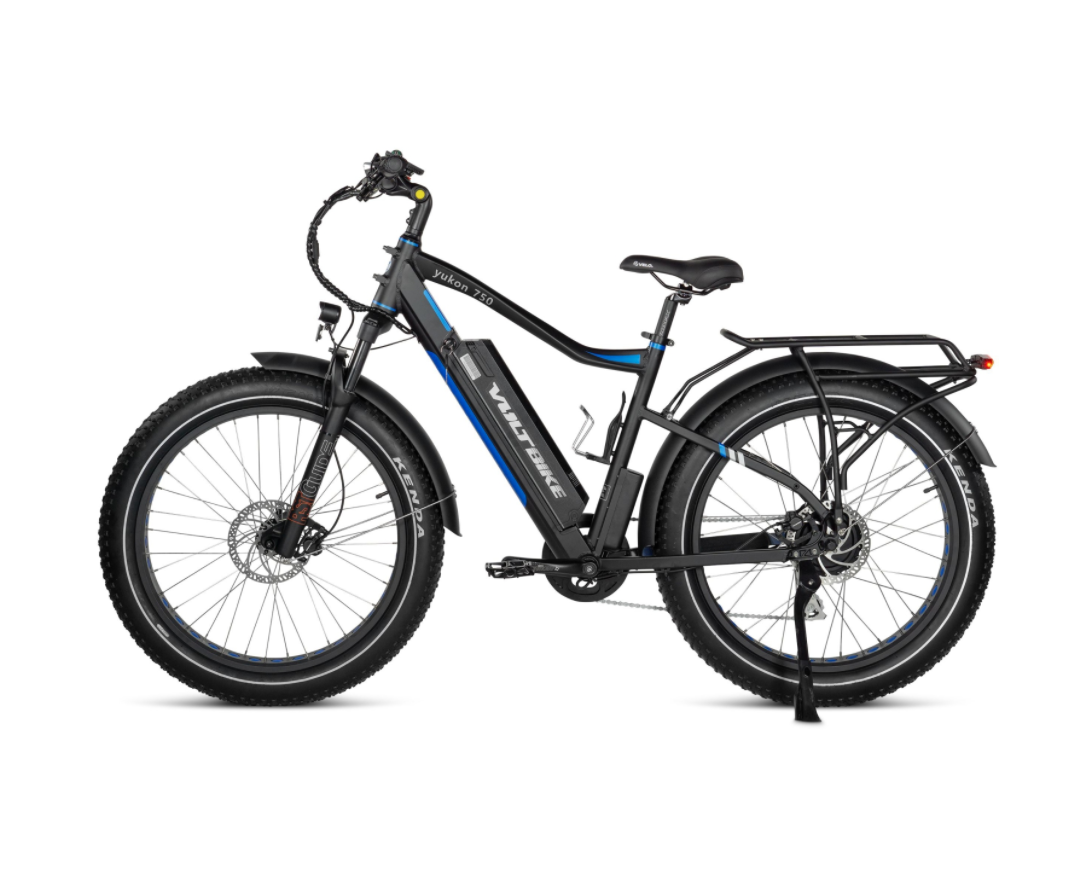 Step-over frame (A-frame)
Step-over frame (A-frame)
Conversely, ebikes with a Step-over frame have a diamond or triangle-shaped frame so you need to step over and onto the bike, then raise your leg to dismount it. They are commonly found in city and road bikes, mountain bikes, high-end racing bikes, and hybrid bikes. They usually offer more pedal power than ebikes with Step-through frames along with an overall more balanced ride. They are designed for riding in all types of terrain, and because they are lightweight, they can go pretty fast. But keep in mind they aren’t ideal for riding in extreme weather conditions nor for heavier rides. You might also need to consider specialized tires for Step-over frame ebikes based on where you want to ride most often, whether it’s streets or off-road.
Pedal assist versus throttle assist power on ebikes
An electric vehicle with two wheels but without pedals is not an ebike; it might be an e-motorcycle, or e-moped. Most provinces in Canada require an electric bike to have functional pedals(more on regulations below). Most ebikes, and all available at Best Buy Canada, offer pedal assist, but throttle-assist ebikes are becoming more and more common.
Electric bikes fall into three classes depending on how they are powered which roughly follow these guidelines:
Class 1: pedals must be moving for the battery power to kick in. A throttle might also be present but it won’t work if the rider is not pedalling. Can’t exceed 32 km/h
Class 2: throttle can work even without pedalling. Can’t exceed 32 km/h
Class 3: may or may not have throttled power (depends on region) but can exceed 32 km/h and must have a speedometer.
Depending on where you live, approval may depend on whether the bike is class 1, 2, or 3. Usually, however, the regulations differentiate between pedal assist and throttle assist power on ebikes. Keep in mind that as new products launch, provincial regulations may adapt. Here’s a rundown of how those two work.
Pedal-assist
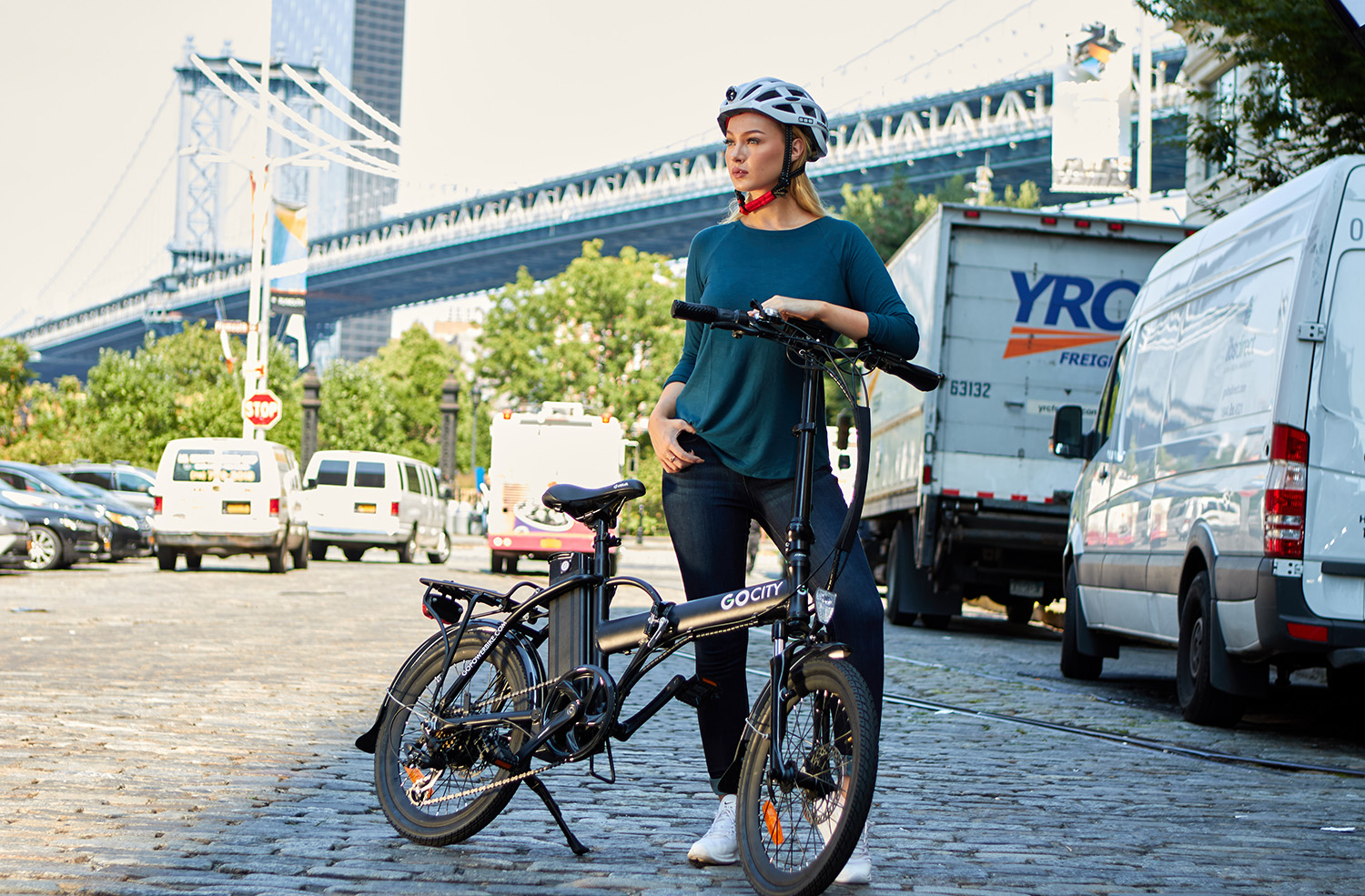
EBikes with pedal-assist offer partial assistance to make driving easier. Once you start pedalling, the motor kicks in. Usually, there are different settings so you can choose the speed and level that suits your trip. You can usually get to higher speeds with a bike that has pedal assist since it combines both your manual footwork and the extra assistance of the motor. Ebikes that are regenerative also recharge the bike once you apply the brakes. If the battery dies while you’re out and about, you can continue riding by manual pedalling alone.
Throttle-assist
More ebikes nowadays include throttle-assist, which allows for a complete takeover of power so you can cruise without ever moving your legs. This is similar to the cruise control feature in a vehicle. Unlike with pedal assist, where you have to pedal for the motor to engage, full throttle simple goes once you twist the throttle or use your thumb, much like with a motorcycle.
Motor type
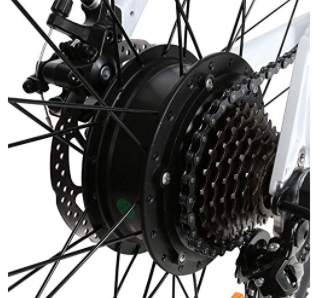
Just like with cars and other motorized vehicles, ebikes come with different types of motors, so you’ll want to consider these to choose a bike with the one that’s best suited to your needs.
Rear hub drive motor
There are two variants here: direct drive and geared hub. An ebike with a direct drive rear hub motor is ideal for going at high speeds and flat commutes, like city riding. You can climb hills but you won’t be able to scale very steep hills with ease. With these ebikes, the pedals will still work nicely even when the battery dies.
Mid drive/center motor
An ebike with a mid drive/center motor offers the most efficient ride, and the longest range. This is great for scaling hills, going high speeds, and long distances. Ebikes with this type of motor tend to be lighter in weight and offer a better centre of gravity and better overall handling. However, they also often come in at a premium in price.
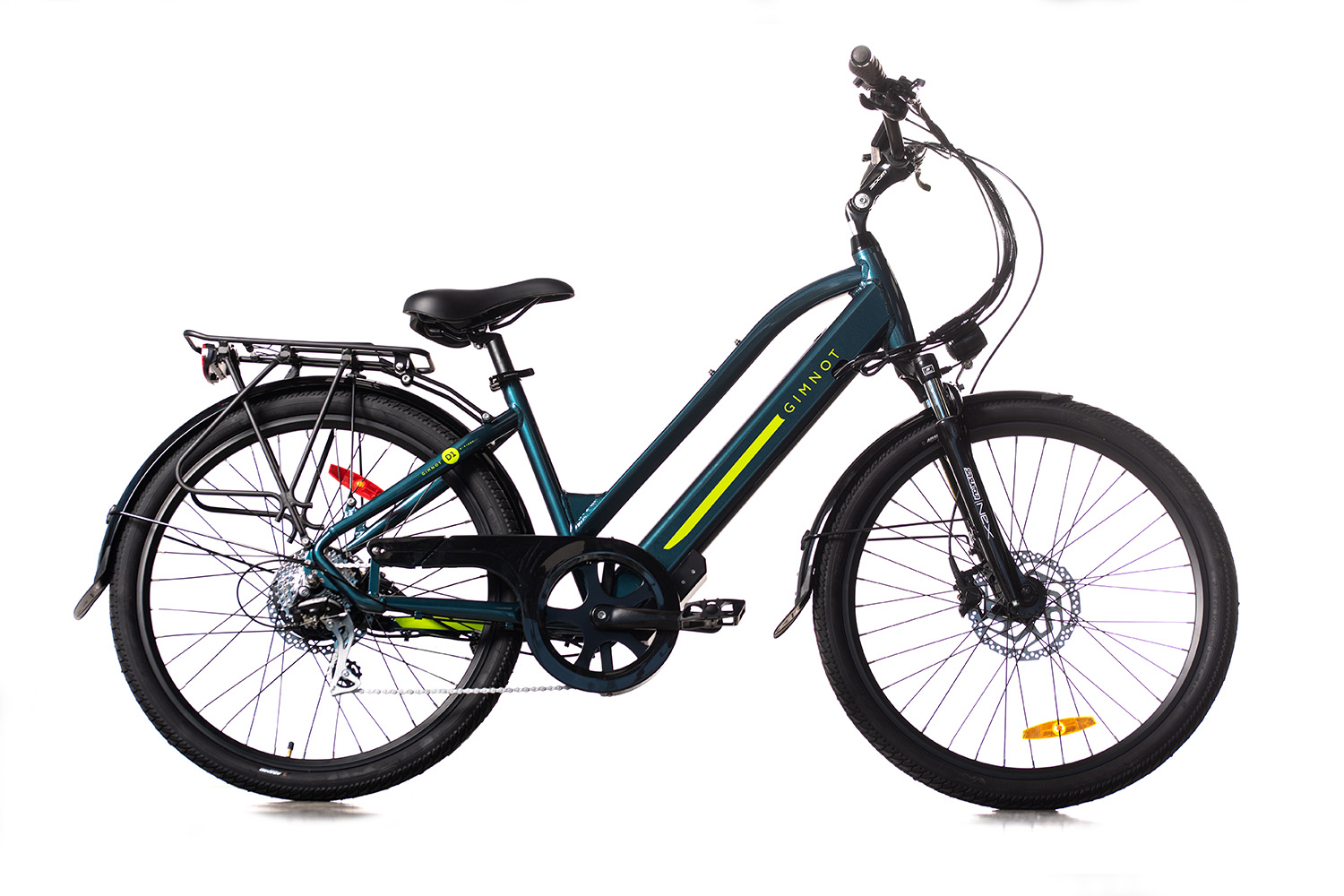
Typical range and speed of an ebike?
How fast does an ebike actually go? As mentioned, most Canadian provinces regulate that you should not go faster than 32 km/h. on an ebike, regardless of its capabilities. Speed can vary for an ebike from topping out at 29 km/h to reaching speeds in excess of 45 km/h. Most ebikes will shut down the motor once it reaches its top speed. While you might want a super-fast ebike, consider the regulations and choose accordingly.
In terms of range (distance travelled) per battery charge, this too can vary considerably. Most ebikes are rated at anywhere from 24km per charge up to as much as 97km. But keep in mind that other factors will impact range, including your weight and the weight of any cargo you’re carrying, the terrain you’re riding on, steepness of hills you climb, wind, and how much you pedal versus rely on the motor. But basically, you should be able to get as far as somewhere that would typically be a 10-15-minute drive away without issue with most ebikes.
Once ready to recharge, simply plug the bike in and it should fully charge in 3.5 to 6 hours. The average cost to run and maintain an ebike will depend on the price of electricity in your area and many other factors. While it’s more than a regular bike, it’s also significant less than a car.
Brands of electric bikes to consider
Ebikes are available from a variety of top brands, like GoPowerBike with its top-rated GoEagle, GoCity, and GoSpeed models, GoTyger, and upcoming options from brands like Allegro, Gimnot, SWFT, BIRD, Super73, and Hover 1. Even brands known for other products are getting into the space, like Xiaomi, Honeywell and GOTRAX.
Canadians regulations for riding an ebike
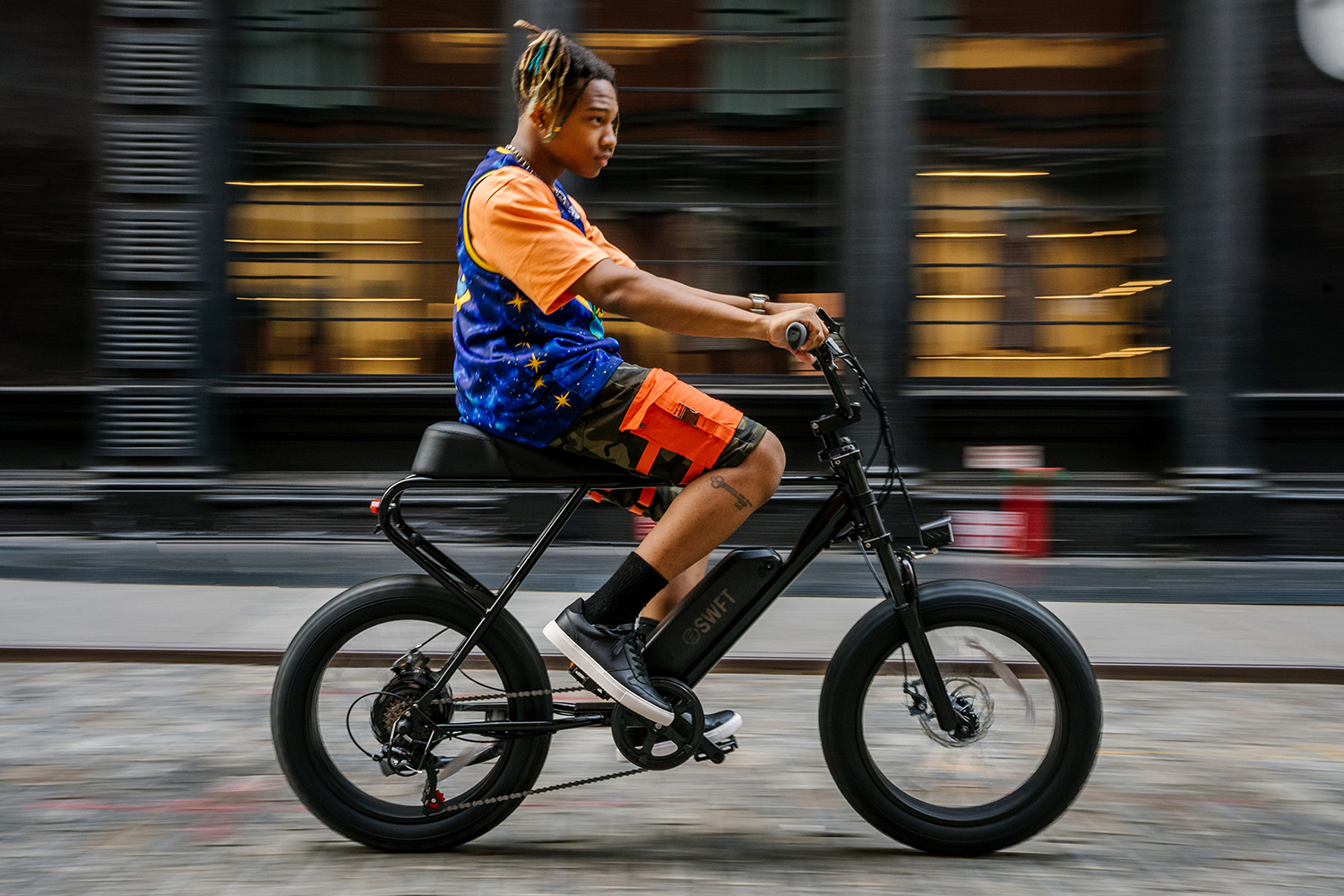
Before you invest in an ebike, you might be wondering: can I even ride one in my province and city? The short answer, for most Canadian provinces, is yes. But there are regulations, which differ from province to province, and within a province may also differ based on the terrain (e.g., riding in parks may be regulated differently than riding on highways).
Ebikes are approved for use in 10 Canadian provinces, including Alberta, British Columbia, Manitoba, New Brunswick, Newfoundland & Labrador, Nova Scotia, Ontario, Prince Edward Island, Quebec, and Saskatchewan. In almost all cases, the maximum output permitted is 500 watts and the maximum speed you can go is 32 km/h. (in Manitoba, this is upped to 50 km/h.)
Since ebikes fall into their own class of vehicle, outlined by the Canada Motor Vehicle Safety Regulations, you don’t require a license to use one in most provinces. There are some exceptions, however, such as in Quebec where a Class 6D license is required for riders from 14-17 years old, and in Ontario where, if your driver’s license has been suspended, you are not permitted to operate an ebike either. Most provinces require that a helmet be worn while riding.
The minimum age to ride differs from province to province, but ranges from 12 (Alberta, where a motorcycle helmet must be worn) up to 18+. British Columbia was the first province to legally allow electric bikes on highways; however riding ebikes in parks depends on the class of the bike: Class 1 ebikes can be used on park bike trials but Class 2 and 3 electric bikes can’t as they are considered electric vehicles (okay for highways, but not for trails).
There are other rules as well, such as the necessity for the ebike to be battery powered with pedal assist; pedals cannot be removed, according to rules in provinces like Ontario. You also need to follow the same traffic rules you would on a regular bike, or, in some provinces, you could face fines.
Before purchasing an ebike, look at the regulations in your particular province to make sure the bike meets the criteria, that you or the planned rider is above the minimum age, and you get the necessary accessories, like the proper safety helmet.
Why are ebikes so popular: Use cases
Before you take the plunge, it’s important to ask: why do you want an ebike and where would you use one? Electric bikes are actually great for a variety of people.
Get a boost if you lack stamina
Some people are reluctant to go bike riding because of the stamina and endurance required (not everyone loves exercising!). Electric bikes are a great way to encourage you to get out there and enjoy the movement and moderate exercise possible thanks to the assist from the electric motor.

Commuting/deliveries
If you commute to/from the office or school, or do deliveries whether it’s for a courier company or a simple paper route, an ebike can help you get the work done faster and with less effort. Plus, you’ll be able to comfortably ride down hills knowing that you can get some assistance when you have to go back up. Let’s not forget the advantage of avoiding traffic, not worrying about parking or parking fees in the city, and escaping the stress of having to deal with difficult road conditions, construction, and other potential city headaches.
Help the environment
If you care about the environment, ebikes are also a more eco-conscious alternative form of transportation. They run quieter, don’t require gas, and don’t emit any toxic fumes. You might be able to reduce your car usage by opting for an ebike when the situation permits, like a quick trip to the grocery store or ride to the park. You’ll lower your carbon footprint and get some exercise in the process.
De-stress
Riding an ebike takes some of the pressure off if you’re intimidated about riding a standard bike, and the activity can be a good de-stressor. It can also help you boost self-esteem. It’s a great way to get active for those who previously had an aversion to exercise.
Enjoy the great outdoors
Outdoorsy types will love ebikes as well, since you can get exercise by manually pedalling, but use the motor to help tackle terrain you might have otherwise avoided.
Hilly terrain
If you have been previously reluctant to go for bike rides because your area is filled with plenty of hills, an ebike is the perfect solution. You can comfortably go out for rides and use the motor when needed to get up steep hills, saving your energy and endurance for flatter surfaces and smaller hills.
What other factors should you consider when choosing an ebike?
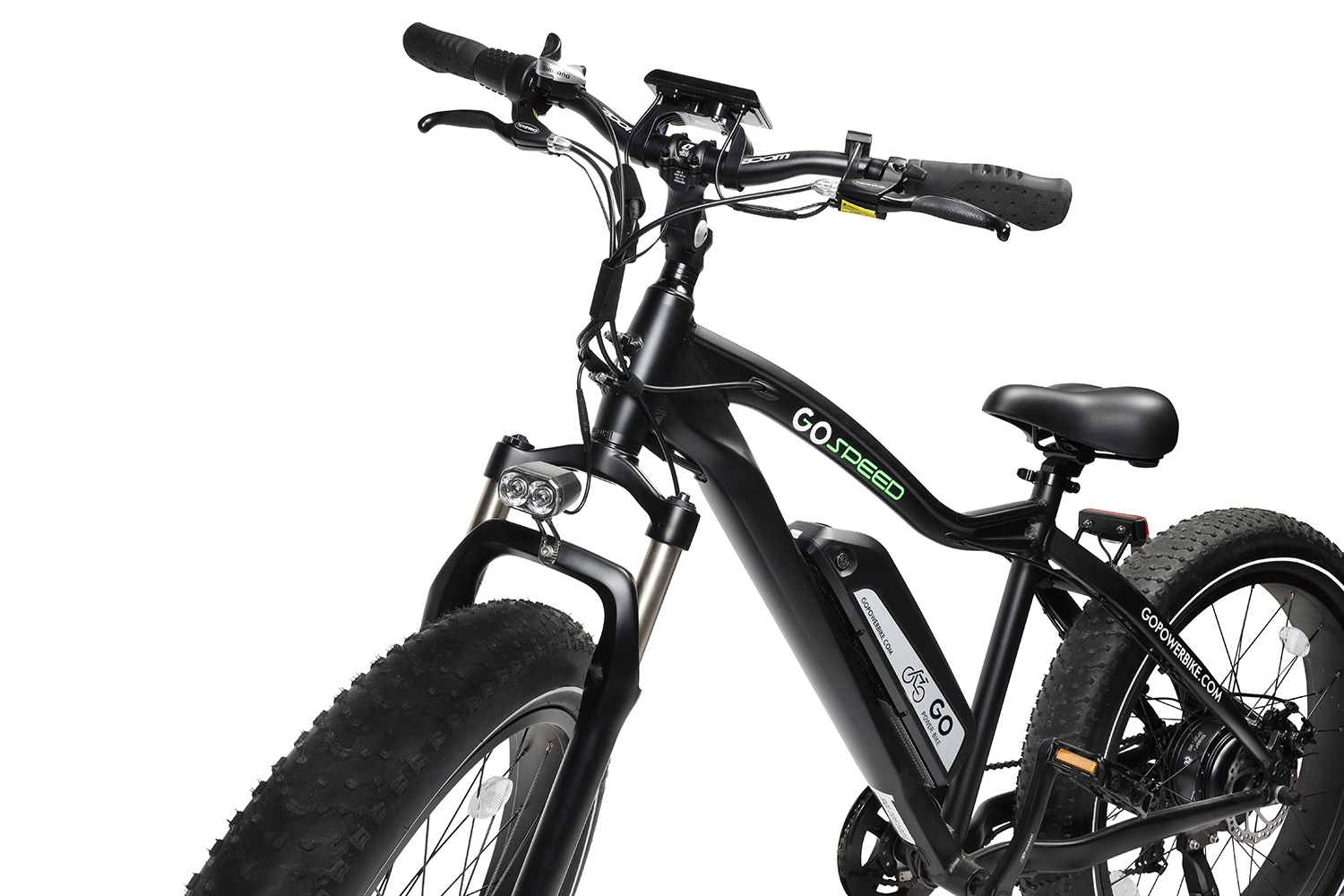
Now that you are seriously considering an ebike, what else should you consider while browsing the options?
Budget
One of the most important considerations is budget. Ebikes can range in price considerably from $800 up to $3,000, so you’ll need to narrow your budget first. If you know your limit, you can use the handy filtering tool on the Best Buy website to filter by price and only see options that fit your range. Consider that if there’s a bike that really fits your needs but is slightly over budget, it might be better waiting to save up a bit more versus jumping the gun on an ebike that might not be the best fit.
Lifespan and durability of the battery
As with lithium-ion batteries in any electronic device, they will lose capacity over time, so keeping the bike properly stored when not in use and ensuring the sealed battery compartment is properly sealed and cared for will help extend its life. When recharging, avoid leaving it fully charged or, conversely, fully discharged, for long periods of time. Ideally, if you put the bike away for a season, disconnect the battery and charge it every so often to keep it fresh, up to about 30-60% each time. Keep the bike and/or the battery somewhere with room temperature conditions. Typically, as with any lithium-ion batteries, you should get anywhere from 500-1,000 charge cycles with the battery, which should last about 4-5 years, depending on how often you ride.
Tire selection and replacement
As noted, keep the tires at optimal pressure levels at all times, and make sure you use the right tires for the right conditions based on where you plan to ride. Some ebikes come with all-terrain tires, but you can always swap out for something more suited to your plans if you plan on taking it on adventures.
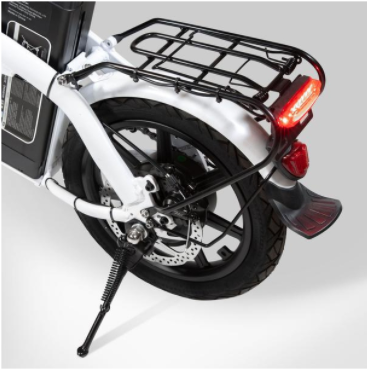 Speeds and gears
Speeds and gears
Along with a pedal assist and full electric mode, you want to make sure the bikes has different speeds and levels so you can adjust as needed based on your comfort level, endurance, where you’re going, how much you want to pedal, and even to conserve battery level in a pinch.
Safety features
If you plan to ride at night or alone, you might want to look into bikes that come with additional safety features, like built-in headlights and/or taillights. An ebike with manual brakes is also important for safety, in the event that there’s an issue with the battery or mechanisms, and especially when doing big city riding or with young children. Some ebikes come with a dual disc braking system, which is great for safety.
Useful accessories to get with an ebike
Once you invest in an ebike, chances are you will be excited to get out on the open road and have some fun! To ensure you’re ready to go right away, there are some accessories worth considering. The most important is a helmet, for both children and adults. In some provinces, it’s mandated that you wear one when riding an ebike. Most are fine with a standard bicycle helmet, but provinces like Alberta required riders 12 and older to wear a motorcycle helmet.
Additionally consider a secure lock to prevent theft, a water bottle holder, reflective clothes or a bike light if riding at night, and lastly, an extra battery if you plan a long distance ride.
Take the next step
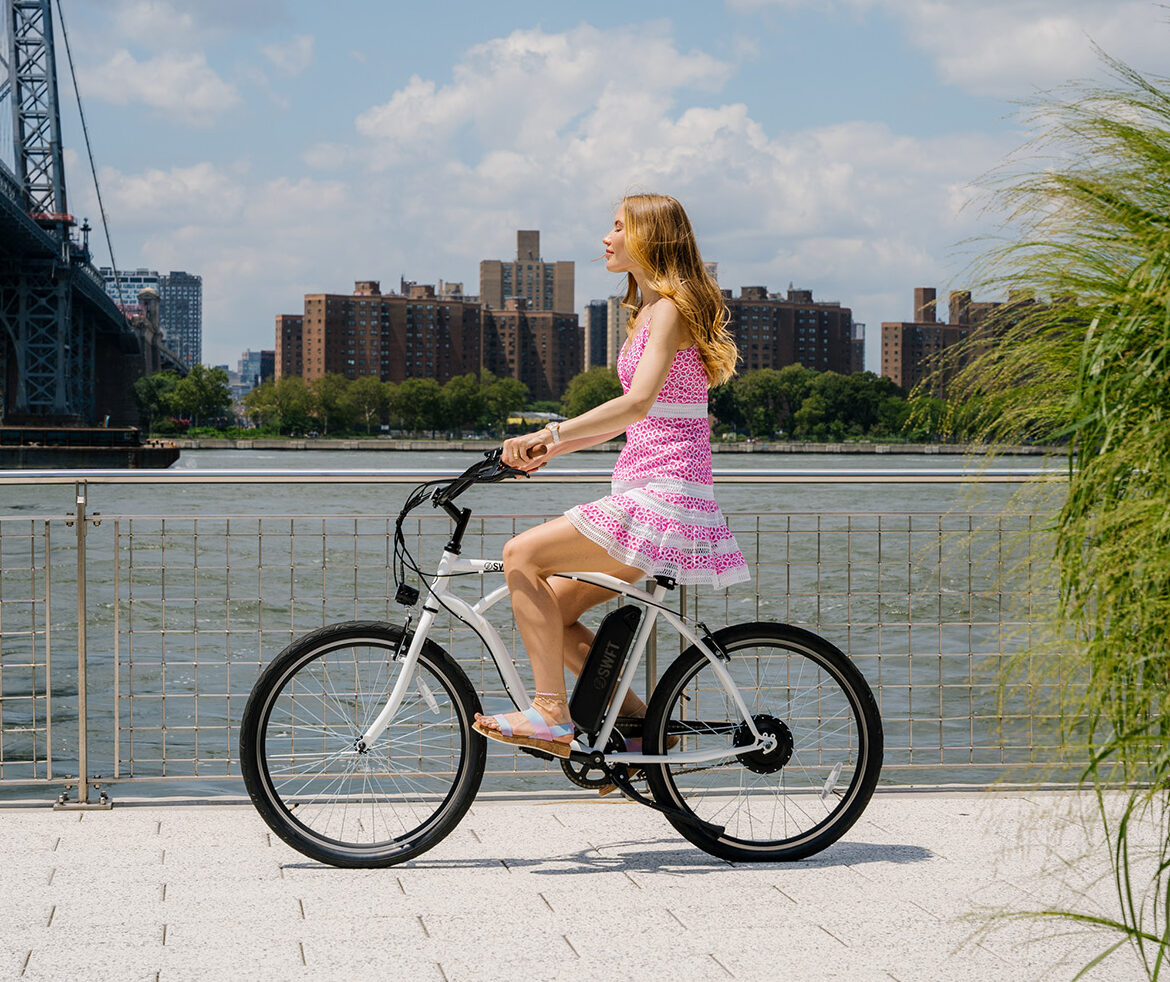 Now that you have learned a lot about electric bikes you are well on your way to exploring the city, trails, and the great outdoors with ease.
Now that you have learned a lot about electric bikes you are well on your way to exploring the city, trails, and the great outdoors with ease.
The post Electric Bike buying guide appeared first on Best Buy Blog.

